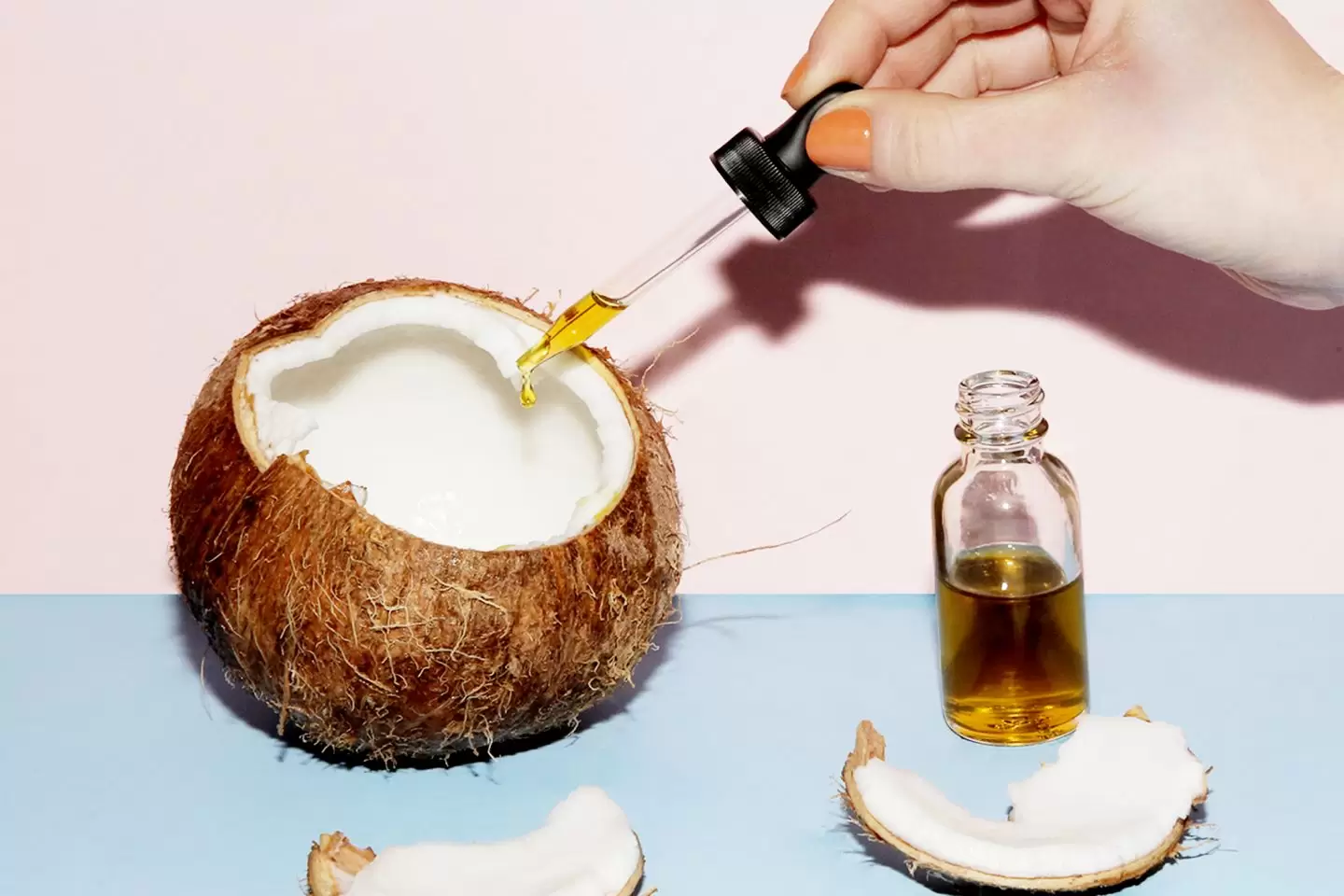Virgin coconut oil (VCO) has been touted as a natural skincare elixir, praised for its moisturizing and antimicrobial properties. However, concerns about its potential to clog pores and exacerbate acne have sparked debate.
Let’s take a scientific journey into the world of VCO and its impact on your skin.
Understanding Comedogenicity and the Role of Fatty Acids
Comedogenicity, a measure of a substance’s ability to clog pores, is often rated on a scale of 0 to 5. VCO is sometimes listed as a 4 on this scale, but the truth is more complex. The key lies in its composition of fatty acids.
VCO is predominantly made up of medium-chain triglycerides (MCTs), with lauric acid being the most abundant. Lauric acid possesses antimicrobial properties, making it a potential ally in combating acne-causing bacteria.
However, its molecular structure also allows it to penetrate hair follicles easily, where it can potentially mix with sebum (skin oil) and dead skin cells, leading to clogged pores.
Skin Type and Its Influence
The interplay between VCO and your skin type is crucial:
- Oily/Acne-Prone Skin: Individuals with oily skin tend to produce excess sebum. VCO’s lauric acid can potentially contribute to this buildup, leading to clogged pores and breakouts.
- Dry/Sensitive Skin: Those with dry skin might benefit from VCO’s moisturizing properties. Its fatty acids can help replenish the skin’s natural lipid barrier, reducing moisture loss and enhancing suppleness.
- Combination Skin: In this case, a tailored approach is best. VCO can be used sparingly on oily areas, while dry patches can benefit from its hydrating effects.
The Importance of Patch Testing and Quality

Before incorporating VCO into your skincare routine, patch testing is essential. Apply a small amount to a discreet area and observe for any adverse reactions over 24 hours.
It’s also crucial to choose high-quality, cold-pressed VCO, as refining processes can alter its composition and potentially increase its comedogenic potential.
Unveiling VCO’s Multifaceted Effects
Moisturizing Magic: More Than Meets the Eye
VCO’s moisturizing prowess isn’t solely due to its fatty acids. Its unique structure allows it to penetrate deep into the skin, delivering not just hydration but also antioxidants like vitamin E.
These antioxidants help protect the skin from free radical damage, a major culprit behind premature aging.
Antimicrobial Might: A Double-Edged Sword?
While lauric acid’s antimicrobial properties hold promise, its potential impact on the skin’s microbiome is an area of ongoing research.
The skin’s microbiome, a diverse community of microorganisms, plays a crucial role in maintaining skin health. Disrupting this delicate balance could potentially lead to skin issues.
Beyond Black and White: The Nuances of VCO Usage
The question of whether VCO is comedogenic isn’t a simple yes or no. It’s a complex interplay of factors, including skin type, individual sensitivities, and the quality of the VCO itself. Some individuals might experience breakouts, while others might find it incredibly nourishing.
Navigating the VCO Landscape: Tips and Precautions
Personalized Approach:
- Oily/Acne-Prone: Consider using VCO sparingly or avoiding it altogether, especially on areas prone to breakouts.
- Dry/Sensitive: VCO might be a good moisturizer, but start with a small amount and monitor your skin’s response.
- Combination: Experiment with using VCO on drier areas while avoiding oilier zones.
Quality Matters:
- Opt for high-quality, cold-pressed, virgin coconut oil to reap its full benefits and minimize potential adverse effects.
- Be wary of refined or processed VCO, as these might have a different fatty acid profile and a higher comedogenic potential.
Listen to Your Skin:
- Pay close attention to how your skin reacts to VCO. If you notice any signs of irritation, breakouts, or increased oiliness, discontinue use.
Consult a Dermatologist:
- If you have any concerns or specific skin conditions, seek guidance from a dermatologist. They can provide personalized recommendations based on your skin type and needs.
The Bottom Line: VCO as a Skincare Ingredient
VCO is a versatile natural ingredient with potential benefits and drawbacks for your skin. Its effects are not one-size-fits-all, and individual experiences can vary greatly.
Understanding your skin type, choosing high-quality VCO, and practicing moderation are key to harnessing its potential benefits while minimizing any potential risks.
Originally posted 2024-06-28 10:00:15.

